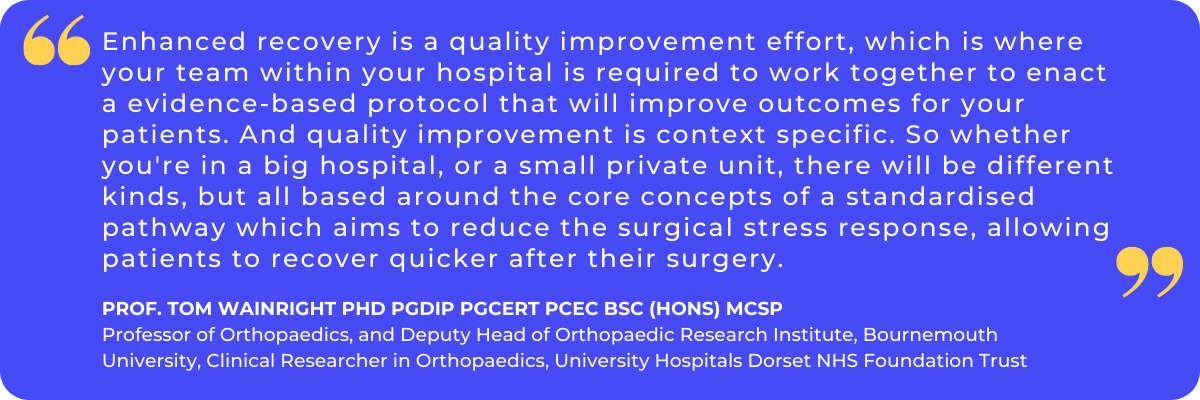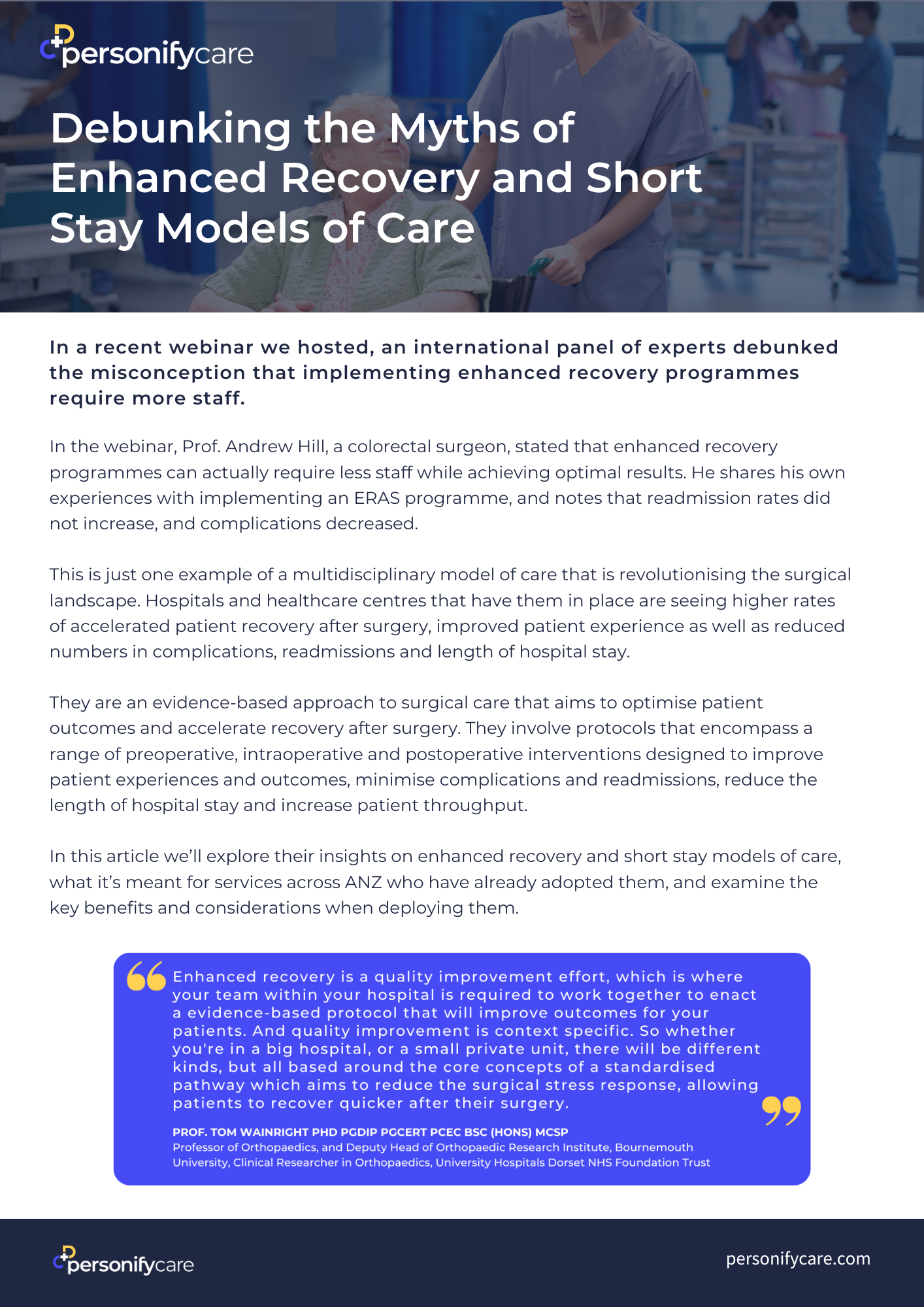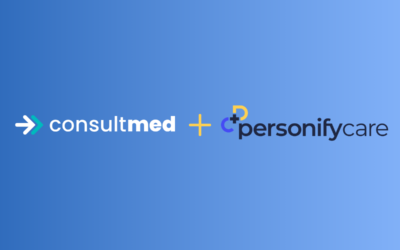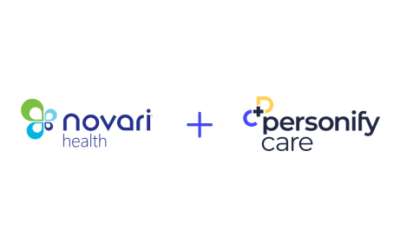In a recent webinar we hosted, an international panel of experts debunked some of the common misconception surrounding enhanced recovery and short stay programs and gave clear insights into the benefits these models of care can bring to patients, clinical teams and health care institutions.
Enhanced recovery programs, such as Enhanced Recovery After Surgery (ERAS), are multidisciplinary models of care that are revolutionising the surgical landscape. Hospitals and healthcare centres that have them in place are seeing higher rates of accelerated patient recovery after surgery, improved patient experience as well as reduced numbers in complications, readmissions and length of hospital stay.
They are an evidence-based approach to surgical care that aim to optimise patient outcomes and accelerate recovery after surgery. They involve protocols that encompass a range of preoperative, intraoperative and postoperative interventions designed to improve patient experiences and outcomes, minimise complications and readmissions, reduce the length of hospital stay and increase patient throughput.
In this article we’ll explore their insights on enhanced recovery and short stay models of care, what it’s meant for services across ANZ who have already adopted them, and examine the key benefits and considerations when deploying them.
Key Benefits of Enhanced Recovery and Short Stay Models of Care
Reductions in Readmission Rates, Complications and Infections
These models emphasise comprehensive pre-operative optimisation and patient education, reducing the risk of surgical complications. By using enhanced pain management techniques, minimising the use of invasive procedures, and employing a multidisciplinary approach to care, enhanced recovery and short stay models of care have been shown to decrease the incidence of complications such as infections, blood clots, and respiratory problems.
As mentioned by Prof. Hill in the webinar, “Everywhere that ERAS has been brought in, readmission rates haven’t increased, in fact, in certain jurisdictions they have decreased…In terms of complications after surgery, it’s decreased complications, in our approach. We decreased cardiopulmonary complications by 50% urinary retention rates, and urine infection rates went down.”
Easing Pressure on Elective Surgery Waitlists
Elective surgery waitlists have been a persistent challenge for healthcare providers across the globe. Patients are often forced to wait months for their surgeries. This wait can not only lead to further deterioration of their health but also causes a significant strain on healthcare systems, resulting in increased workloads and decreased patient satisfaction.
So how do you accelerate the throughput of elective surgery patients through your service without compromising quality of care or increasing risk?
Evidence-based Enhanced Recovery After Surgery (ERAS) programmes have been proven to accelerate patient throughput, reduce length of stay (LoS), deliver high-quality patient experience, enhance patient outcomes, and ultimately reduce elective surgery waitlists.
Improved Patient Experience
By employing patient-centered care approaches, these models of care focus on meeting the individual needs and preferences of patients. This may include minimising fasting periods before surgery, allowing patients to ambulate and eat soon after surgery, and encouraging early mobilisation and participation in their own recovery. As a result, patients often report higher satisfaction levels and a more positive overall experience.
Cost Savings
These models have demonstrated cost-effectiveness by reducing the length of hospital stays, decreasing readmissions, and optimising resource utilisation.
One of the themes discussed during the webinar was the financial implications of ERAS and how reducing the average length of stay in the hospital translated can translate into financial savings. This example underscored the fact that ERAS is not just beneficial for patients but also for the financial health of healthcare institutions.
How can Personify Care help?
If you would like to learn more about the work we do in the supporting teams to transform their protocals into digital care pathways, get in contact with us.
What to Consider when Implementing These Models of Care (without additional resources)
Digital patient pathways can help rapidly scale patient-centred enhanced recovery and short stay models of care. By using digital platforms like Personify Care, hospitals can efficiently screen and optimise patients for enhanced recovery pathways, provide standardised preoperative patient education, ensure standardisation and consistency in care, and support patients through postoperative care and recovery, ultimately improving patient outcomes and reducing readmissions and complications.
Preoperative Optimisation: Advanced Risk Screening
Advance risk screening has traditionally been challenging and clinicians face multiple barriers such as time pressure, resource constraints, inconsistent protocols, or communication issues. Advanced risk screening is key to enhanced recovery programs though, to identify and address preexisting conditions or risk factors for patients that will impact their preoperative condition and their post operative recovery.
Personify Care can help address these barriers by enabling hospital staff to use digital patient pathways to screen and optimise patients for enhanced recovery and short stay pathways. This automates and streamlines the collection and documentation of patient health histories using digital assessments, and effectively identifies risk factors so they can be planned for and managed. The platform can also digitally monitor and track patients’ progress and outcomes using a dashboard that alerts staff to any risks or issues that need attention.
Preoperative Patient Education
Providing patient information and education in an enhanced recovery and short stay program is essential for engaging patients in their own care, managing their expectations, and improving their outcomes. Patient information and education can help patients understand the goals and components of the program, prepare them for surgery and recovery, reduce their stress and anxiety, and empower them to take responsibility for their health. Patient information and education can also improve patient satisfaction, adherence, and communication with the healthcare team.
Digital patient pathways allow hospital staff to convert evidence-based patient education into an approved digital patient pathway, ensuring consistency and traceability of information. Patients receive standardised health information and instructions, based on their procedure and risk profile, through their mobile devices at the right time before and after their surgery.
Standardisation and Consistency to Reduce Variation in Care
Variation in care can lead to poor quality, inefficiency, waste, harm and inequity. Standardisation and consistency in care entails applying evidence-based guidelines and best practices to ensure patients receive the appropriate care at the appropriate time. Standardisation and consistency in care can improve patient outcomes, reduce complications and length of stay, increase efficiency and capacity, and lower costs.
Digital patient pathways allows hospital staff to convert their existing clinical and administrative protocols into mobile checklists for patients. These checklists ensure that patients receive the same information and interventions based on evidence and best practice.
Postoperative Care Pathways
Personify Care can digitally enable services to engage with enhanced recovery and short stay pathway patients early and continue to support them through their post discharge and recovery by improved visibility into discharge risks prior to admission and provision of clear and timely information that keeps patients connected to care post discharge, throughout their recovery phase, to reduce readmissions and complications.
The platform also collects and analyses patient data to identify trends, track and respond to patient needs, and provide specific resources to each individual patient.
Want to learn more?
If you would like to learn more about the work we do in the supporting teams to transform their protocals into digital care pathways, get in contact with us.
